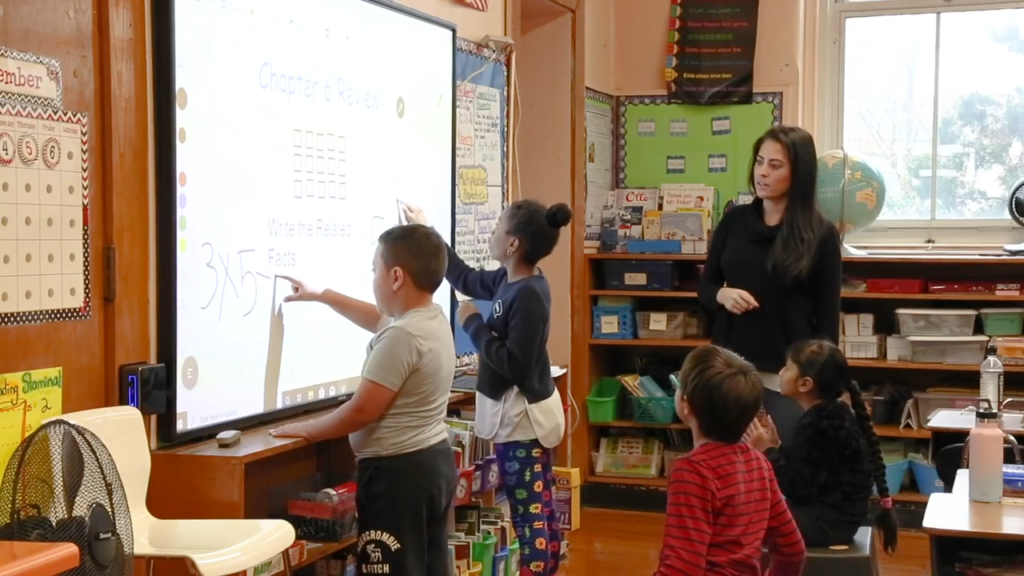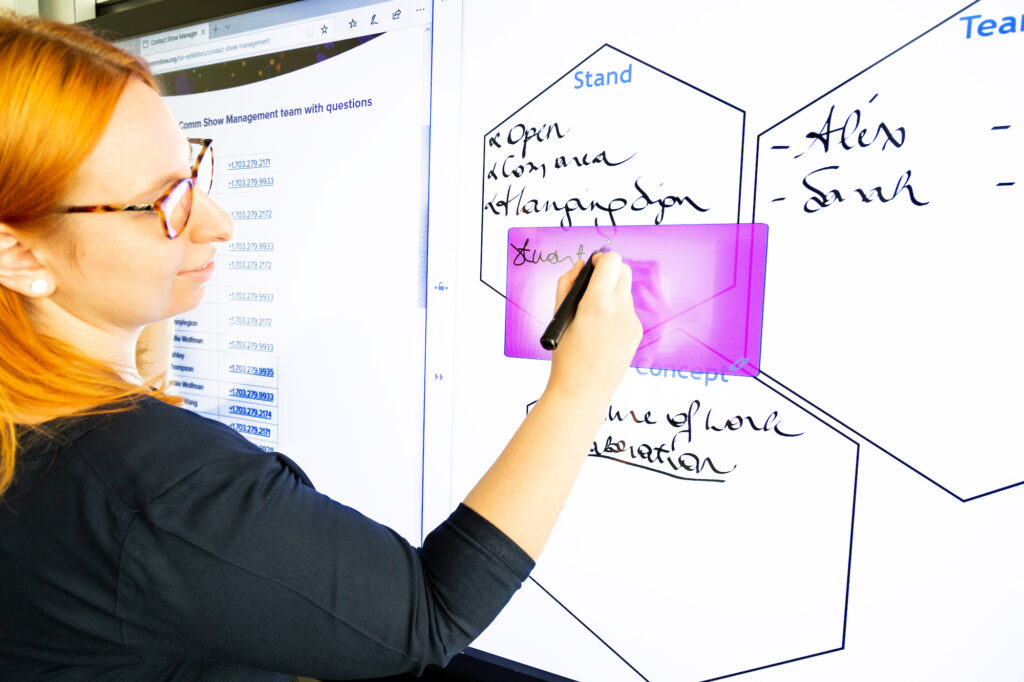Enhance the learning experience for students by providing interactive and engaging tools such as whiteboards and video conferencing.
Increase access to education by allowing remote students to participate in classes and access educational materials from anywhere.
Improve communication and collaboration between teachers and students, as well as between different schools and educational institutions.

The use of a variety of AV solutions in education environments can provide a range of benefits that enhance the learning experience for students and improve communication and collaboration between teachers and students, as well as between different schools and educational institutions.
Some examples of AV solutions that can be used in education environments include:
Video conferencing systems: These systems allow students to communicate and collaborate with teachers, classmates, and other students in real-time, regardless of their location. This can help to increase access to education for remote students and improve communication and engagement between students and teachers.
Interactive whiteboards: These tools allow teachers to share and present information in an interactive and engaging way, making it easier for students to understand and retain the material. They can also be used for collaborative activities, such as group projects and discussions.
Digital signage: This solution can be used to display important information, such as school news and announcements, upcoming events, and emergency notifications. It can also be used to create engaging and interactive experiences for students and teachers.
Audio systems: Audio systems can be used to provide clear and consistent sound in classrooms, lecture halls, and other areas where communication is important.
Control systems: This solution allows you to control all AV equipment from a single device, making it easier to use and manage.
All these solutions can work together to create an engaging and interactive learning environment, helping students to understand and retain the material more effectively and improve their overall performance. Additionally, it could also facilitate distance learning, flipped classrooms and blended learning experiences, providing a more flexible and personalized education.

We are pleased to offer a complete range of Audio Visual solutions to suit the needs of our customers. From the latest tech and the world’s leading brands.
Our AV solutions are lead by our sister company, Posynergi. Click below to learn more about how we can help build the right solutions for your needs.
